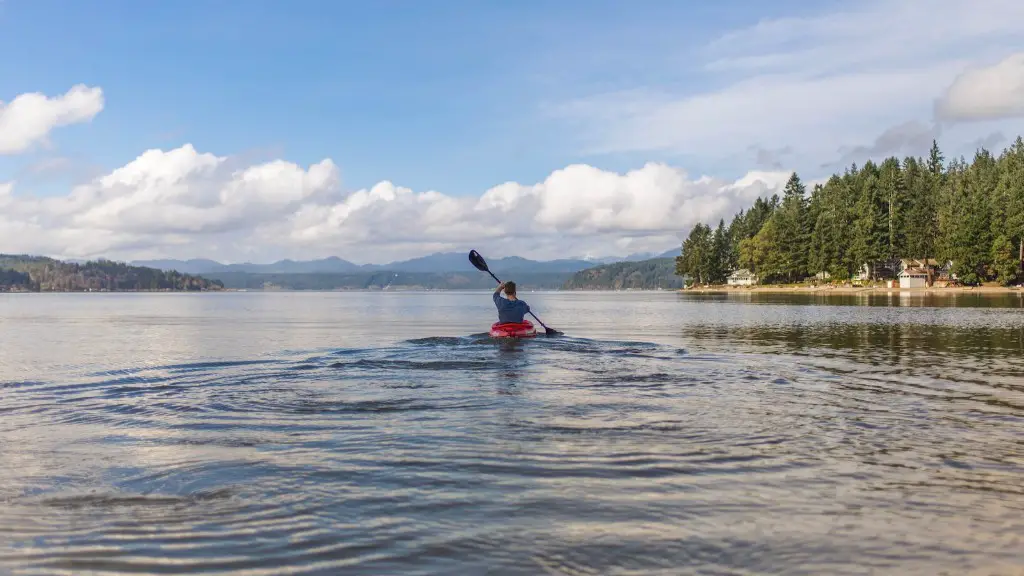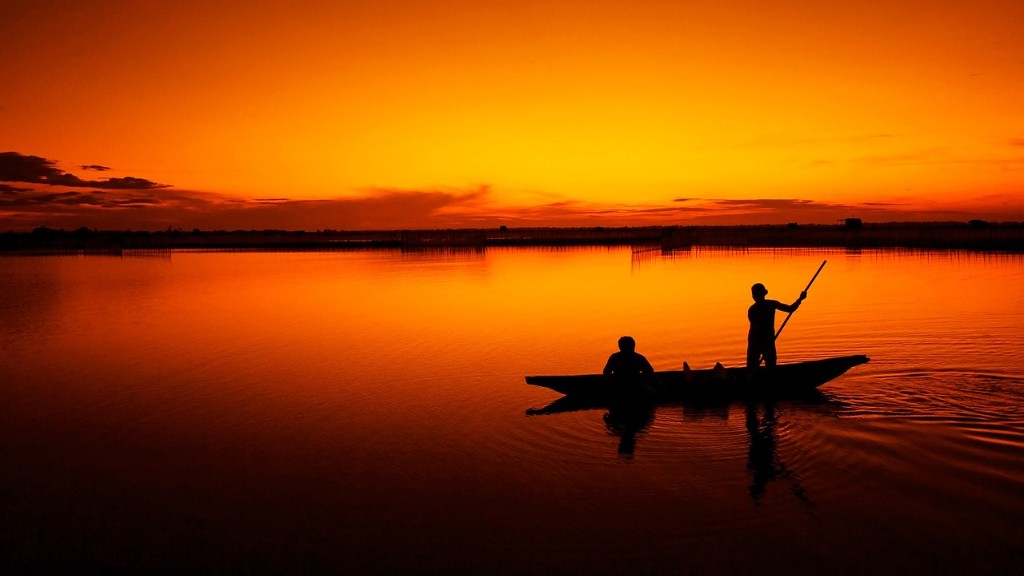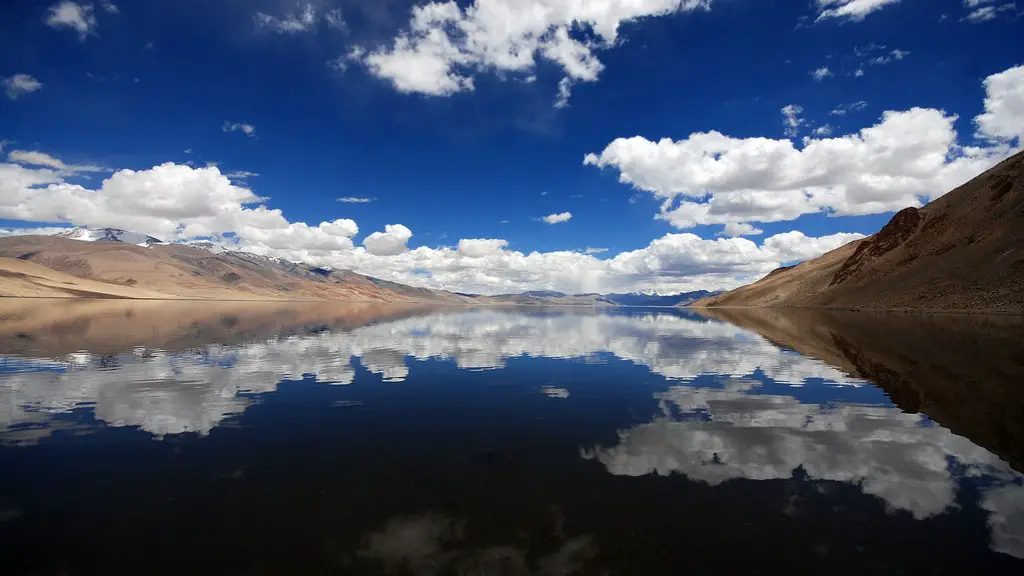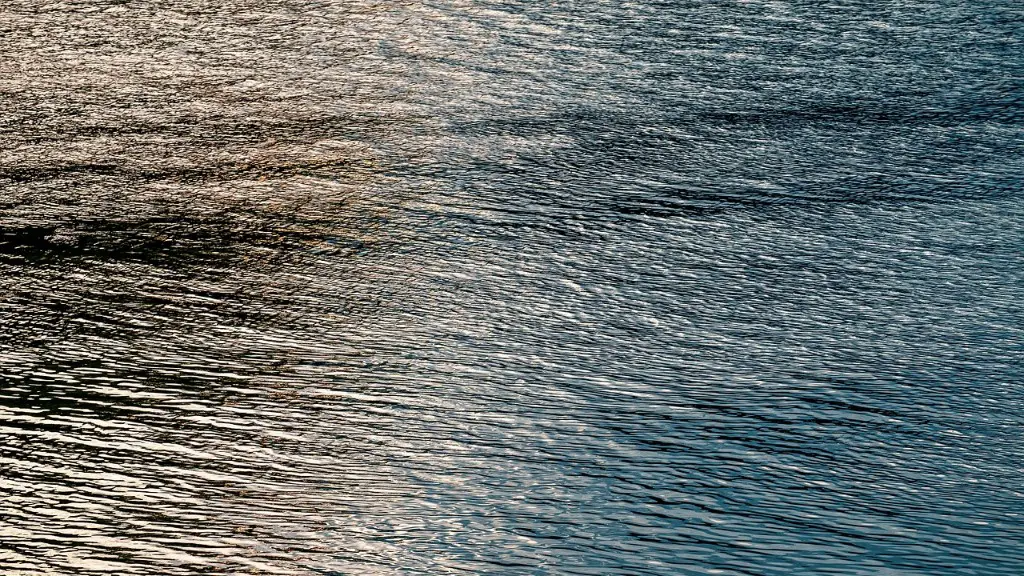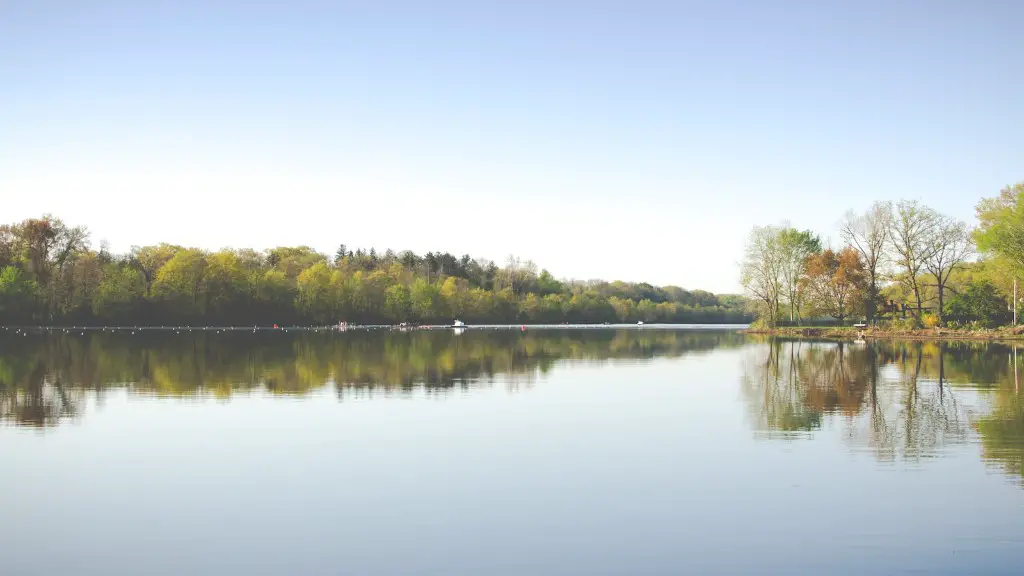Background Info on Lake Victoria
Lake Victoria is a large lake located in Africa, and is the largest of the African Great Lakes. It is located in eastern Africa, on the border of Kenya, Tanzania, and Uganda, and it is the source of the longest branch of the Nile River. It has a surface area of more than 26,000 square miles and is the largest lake in Africa and the world’s second largest freshwater lake by surface area.
Lake Victoria is a tropical lake, and has long been a source of livelihood for local people who rely on it for transportation, fishing, and water supply. It is also a popular spot for tourism, and some of the surrounding countries have attempted to promote it as a destination for water sports, fishing, and wildlife viewing.
Before the 19th century, the lake was known by various other names. It was first referred to as “Ukerewe” by the indigenous people living on its shores. The lake was later named after Queen Victoria by British explorer John Hanning Speke, who was the first non-African to visit the lake in 1858.
The lake supports a number of endemic fish species, some of which are threatened by overfishing. There are also a few species of amphibians, reptiles, mammals, and birds that live in or around the lake, such as hippopotamuses, Nile crocodiles, and various species of aquatic birds, including flamingos and African fish eagles.
The waters of Lake Victoria are home to the invasive and destructive water hyacinth, which has been negatively impacting local fishing and water transport activities. There have been some attempts to control the populations of this plant, but it is still a problem in some areas.
In recent years, the lake has suffered from an increase in pollution due to the changing climate. As the climate warms, the lake has seen a decrease in the amount of oxygen in the water, resulting in a lower amount of fish and other aquatic life that can survive in the lake.
Relevant Data
The basin that Lake Victoria encompasses is home to approximately 30 million people and contains approximately 5.5% of the continent’s land mass. The lake also has a long history of being a cornerstone of the African economy and trade being at the forefront of local markets. On a biological level, Lake Victoria is host to over 500 species of fish, some of which are endemic to the lake.
In addition, there have been numerous studies and conservation efforts to improve the health of the lake’s ecosystem, including the introduction of a number of aquatic invasive species such as the Nile Perch and water hyacinth. This has had a drastic effect on the native species of fish, reptiles, amphibians and birds which depend on the lake for survival.
Lake Victoria is home to many different cultures and tribes. It is estimated that up to 80% of the population living around the lake rely on its resources for their livelihoods. As a result, the lake has become a part of African history, culture and traditions.
The lake is considered to be a shallow lake, with a maximum depth of only 80 meters (262.4 feet). The lake also has some of the continent’s highest levels of evaporation, with the lake losing up to 46.5 cm (18.3 in) of water each year.
Experts Perspectives
According to Dr. Mathew M. Okello of the Freshwater Fishery Program of the Fisheries Division in Kenya, Lake Victoria is of immense importance to the region’s fishing industry. He says that “It is the largest single source of fish for commercial and subsistence livelihoods in the region. The lake has also been a vital source of livelihood for the local people for centuries. The fishing culture has been part of their life and culture and generates employment, food security and income for the people living in the catchment.”
Dr. Okello further notes that the lake is facing several complex problems such as pollution, overfishing, illegal fishing and eutrophication (accumulation of excessive amounts of nutrients in the water). He adds that there have been concerted efforts to address these issues, including regulations and enforcement on the lake as well as public information campaigns and awareness raising.
Maxwell Buregesya, an expert in Lake Victoria Protection at the International Union for the Conservation of Nature (IUCN), emphasizes the importance of the lake for regional biodiversity. He says that “Lake Victoria is home to several fish species that are endemic to the lake. There are also a number of globally threatened species such as the Nile Perch and threatened ecosystems such as seagrass beds. The lake’s water quality is also an important factor for biodiversity as well as for human health. The lake also supports several migratory bird species, which are an important part of the food chain in the region”.
Analysis
Lake Victoria is a critical source of livelihood and income for millions of people living in the lake’s basin and its surrounding regions. This lake is not only the source of life-supporting resources and services to the people, but also provides unique habitats to fish and aquatic organisms. In addition, the lake serves as a major source of food, both upstream and downstream.
Unfortunately, the lake degrades continuously due to various pollutants and critical ecological systems. Along with the surrounding countries, international organizations have made efforts to address these issues, but the situation is still far from ideal. The lake’s resources need to be sustainably managed and protected, so that it can continue to provide livelihood and environmental services.
Pressure Points
One of the main pressure points on Lake Victoria are illegal fishing activities, such as the use of dynamite and poison fishing methods. This not only affects biodiversity, but also negatively impacts local fishers as the amounts of fish catches are reduced significantly. Furthermore, illegal and unsustainable fishing practices add to the overfishing of the lake, which further threatens commercial and subsistence fishing livelihoods.
In addition, climate change is a major threat to the lake’s ecosystem, with rising temperatures causing an increase in eutrophication due to decreased levels of oxygen in the water. This has resulted in a decrease in the numbers of fish and other aquatic organisms, which in turn affects the livelihood of millions of people and threatens the lake’s biodiversity.
Pollution is another major threat, as the lake is continuously being polluted by nutrients and other pollutants from industrial and domestic sources, as well as agricultural runoff. This has led to an increase in the eutrophication of the lake, which further threatens its ecosystem services.
Lastly, invasive species such as water hyacinth can also negatively impact the lake’s ecosystem. The species can clog up waterways and cause extensive damage to fishing gear and equipment, as well as reduce the quality of drinking water for the local people.
Human Impacts
The impacts of human activity on Lake Victoria are vast and wide ranging. Despite the concerted efforts by local communities, governments and international organizations, the lake’s ecosystem continues to degrade. There are an estimated 30 million people living in the lake’s catchment and without careful management of the lake’s resources, the livelihoods of millions of people could be at risk.
Experts have noted that the main threats to the lake are due to illegal fishing, climate change, and pollution. All of these activities have a drastic effect on the lake’s ecological systems, which in turn affects the people living around the lake. These activities have led to a decrease in fish stocks, loss of vegetation and habitat, and a decrease in water quality, which has resulted in a decrease in the number of resources available for fishing, drinking water, and overall livelihoods.
In order to protect the health of the lake and the people of the region, it is important to raise awareness and educate the public about the importance of sustainable management of the lake’s resources. It is also important to take into account the human needs of the local people, while looking for solutions to address the issues affecting the lake.
Policy Implications
In order to protect and manage the lake’s resources, governments and local communities must develop and implement adequate policies and regulations. This includes the development of policies that promote sustainable fishing practices, as well as regulations that protect aquatic habitats and regulate the use of water for agricultural and industrial purposes.
It is also important to create policies that address climate change and its effects on the lake, such as developing measures to mitigate environmental degradation and to encourage low-carbon activities in the region. Finally, waste management policies must also be developed to address the issue of pollution in the lake.
Therefore, it is important for the governments in the basin to work together to develop policies that protect the lake and its resources, as well as the livelihood of people who depend on it. Such policies must be implemented in a manner which promotes the long-term sustainability of the lake, while at the same time preserving the rights and resources of local people.
Data-Driven Efforts
In order to ensure that policies are effectively implemented, governments must employ data-driven efforts to monitor and evaluate the effectiveness of their strategies. This includes the development of data-driven systems such as the Fish Futures Model, which help to track and analyze the effects of human activities on the lake and its resources. These systems can also help to identify potential areas of improvement and provide guidance for future policies and interventions.
In addition, more data-driven systems must be developed to track the health of the lake’s ecosystems. This can include the use of remote sensing and GIS tools to monitor the lake’s water quality, as well as to track changes in the lake’s biodiversity. This type of data can be used to inform management decisions, as well as to provide a basis for evaluating the effectiveness of interventions.
Finally, the development of data-driven models is also essential for the long-term conservation and management of Lake Victoria. Such models can help to identify the impacts of human activities and climate change on the lake’s resources, as well as to provide an understanding of the lake’s current and future state.
